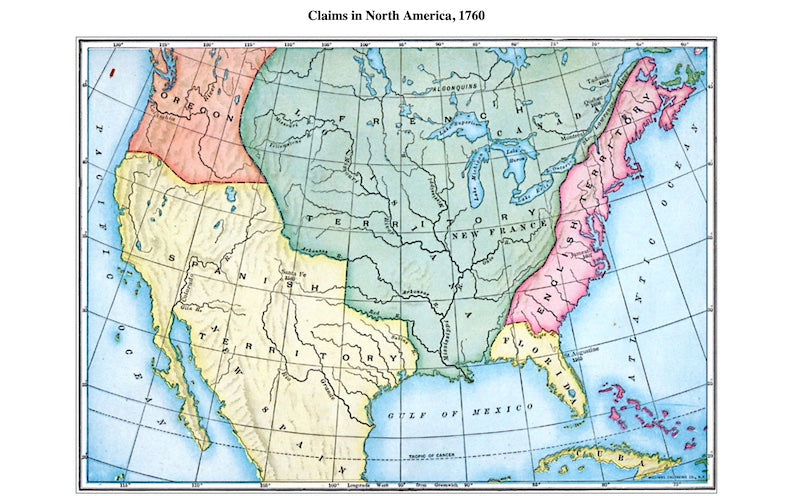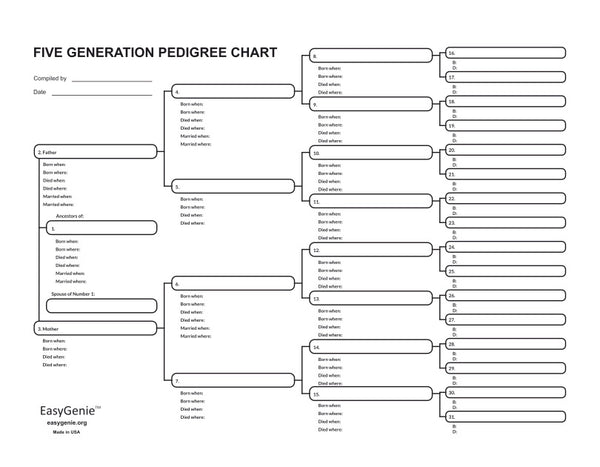
Borderlands of the 1700s: Fort de La Présentation
Ian LamontDo you have ancestors who lived in borderlands? These are fascinating places, where trade, travel, and rivalry have converged over the ages. The people living in borderlands often feel a sense of connection to both sides of the border, and sometimes develop their own hybrid culture.
We were reminded of the rich history of borderlands when strolling the grounds of Fort de La Présentation in Ogdensburg, New York, earlier this year. It's the start of the summer travel period, and we love to see sites connected to the history of our ancestors!
The fort was one of several built by the French in the 1700s in what is now New York State and Pennsylvania. These areas were claimed by France, but few French settlers lived there. English-speaking colonists in the British colonies were pushing west, and Britain sought to increase its control. The border between the two areas was not clear, and was further complicated by the presence of native tribes with their own interests and areas of influence.
The French wanted to harass the British as the two European powers competed for land and prestige in North America. The fort was also seen as a tool for religious conversion and control of the local tribes, who belonged to a powerful group known as the Iroquois Confederacy.

Built in 1749 by a French priest who could speak multiple native languages, Fort de La Présentation was not large. However, it was strategically located on the St. Lawrence River at the mouth of the Oswegatchie River. It was the last navigable port headed downriver until the St. Lawrence Seaway was completed in the 1950s.
The French lost the fort to the British during the French & Indian War (1754-1763). The British held the fort until 1797, long after the conclusion of the Revolutionary War. It wasn't until the Jay Treaty (ratified 1796) cleared up lingering boundary disputes and other issues that the fort and other areas of northern New York were opened up to American settlers. Many of the tribes were forced to cede claims to their lands, a tragic pattern that was to repeat itself again and again as settlers pushed into the western United States.
While our ancestors did not arrive to this area until the 1820s, it was interesting to think that they had once lived and worked in what was basically a frontier town. It was even more interesting to consider that Fort de La Présentation was a part of a French colony inhabited not only by the French but also thousands of native people living in longhouses.
The tides of history has erased the fort and the longhouses, but many people living in Ogdensburg still have French surnames. Forty miles downriver, the Akwesasne Mohawk Reservation straddles both sides of the international border. It's an interesting place to visit, and not far from the fantastic Gateway Museum in Morristown, New York.









